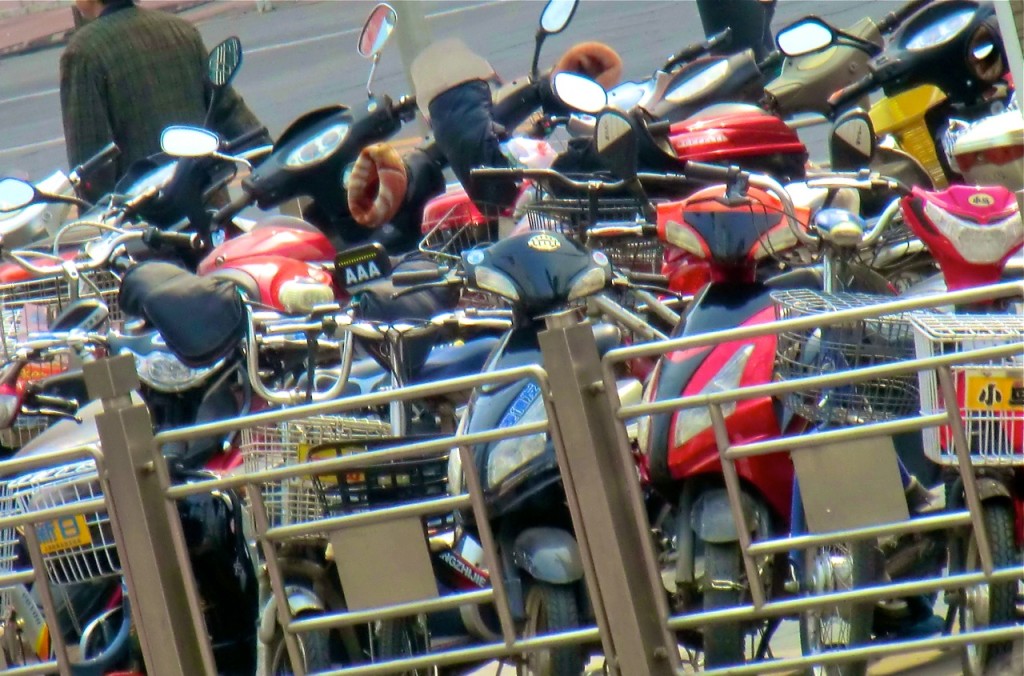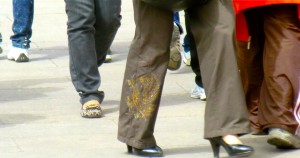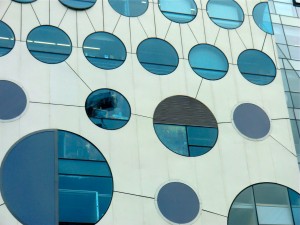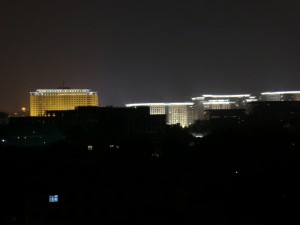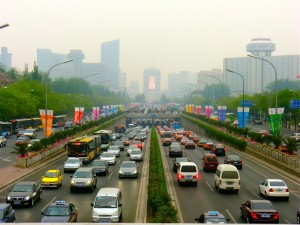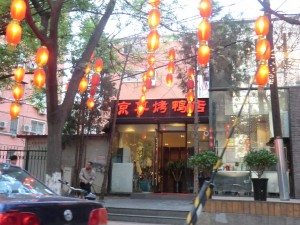I have a special passion for the city and I am a real urban dweller. And there are many fascinating aspects round the Chinese city!
To start with I will focus on the Chinese city & contemporary photography – and what Susan Bright described as a special relationship between photography and city with relation to European photography may pretty much be applied to Chinese urbanism: “In many ways, it is the urban landscape that has perhaps become synonymous with photography”.
My essay Pictorial City for Yishu Journal of Contemporary Chinese Art features several contemporary artists showing that photography is an appropriate means to address speed and change in the social, economic, and architectonic fabric of the city, to express one’s own state of mind or upset within these developments.
City Moves: Changing facades and structures, the demolition and construction of buildings and urban quarters, expansion both vertically and horizontally, the shifting of city boundaries – while the city changes and moves in both time and space, the people living in it change and move as well, they may be forced to walk faster in the streets or seduced into rambling, leading to a new cartography of movement, new patterns in street life. All of this affects the urban dweller personally, and leaves traces of both a negative and positive nature in individual lives that can bring about expansion, prosperity, loss, possibilities, limitation, or diversification. Featuring Birdhead, Chi Peng, Jiang Pengyi, Weng Fen.
City Ruins: Ruins, single buildings or whole districts that are threatened by demolition or even already demolished, thus affecting the urban fabric, the city structures, the cityscape, and its topography – often carrying traces of what they once housed, with memories and sometimes loss still hanging in the air. The possibilities offered by what is to come as yet play no role, so the past dominates both one’s psyche and the landscape. And the modern city can have an emotionally ruinous effect, too: It ruins, it precipitates personal and social uprooting or loneliness, it intensifies isolation in spite of involvement by a society of many. Featuring Jiang Zhi, RongRong, Xing Danwen, Yang Yi.
City Plays: With whom, for whom, and to what end, and which games does the city play? And who are the players, who are the audiences, or, indeed, the voyeurs? For whom or what does the city serve as a background, as a theatrical stage, as a setting for the architectonic, social, cultural, economic, or personal dramatic productions? Taking a closer look at the surfaces of city life, at iconic buildings, their accessible aesthetics, and their political and/or commercial connotations, at urban fictions, hybrid spaces, productions of urban identities/individualities, and urban flotsam associated with various aspects of the modern city. Featuring Chen Shaoxing, Liu Gang, Miao Xiaochun, Yang Zhenzhong.
Further bits:
Pictorial City: Chinese Urbanism and Contemporary Photography, published in Yishu Journal of Contemporary Chinese Art , Volume 10, Number 6, November/December 2011


